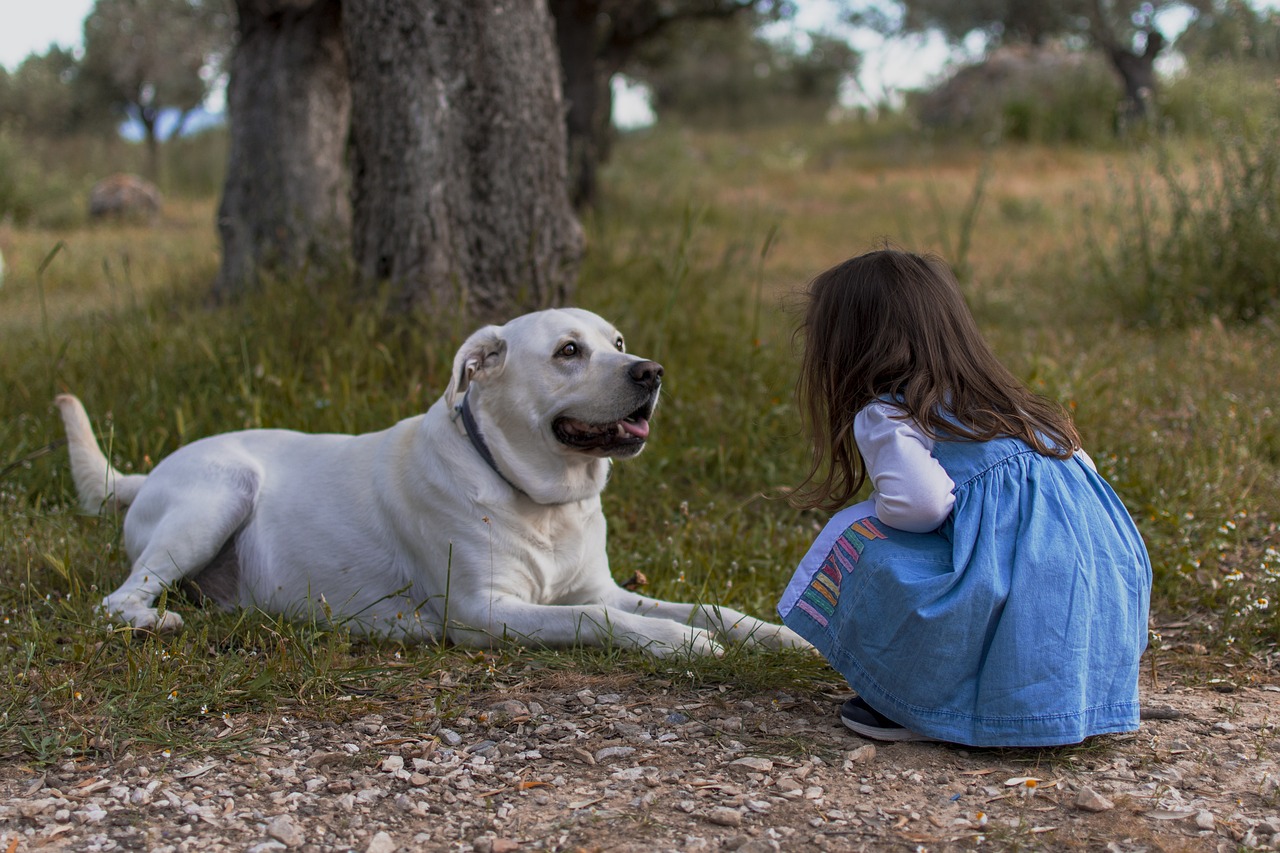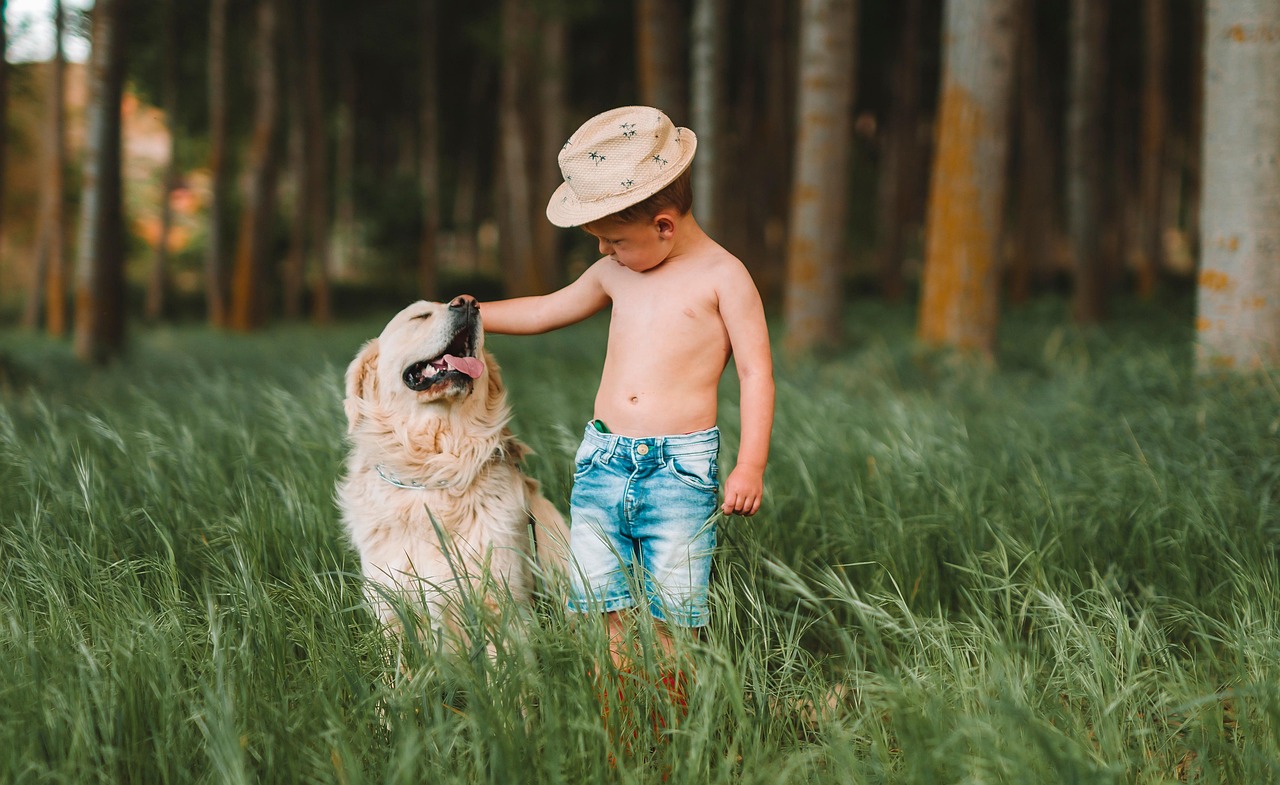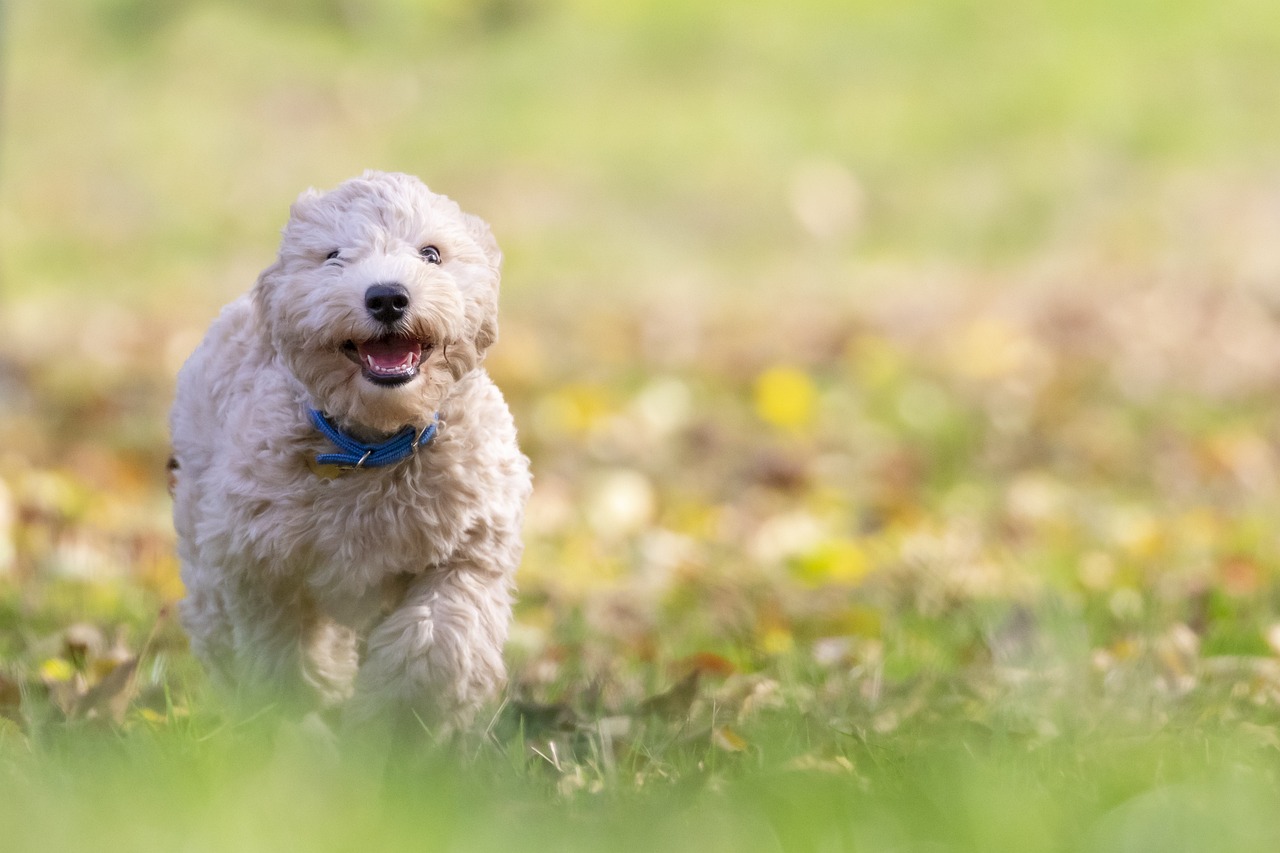Mastering Fun Dog Training: An Easy Guide for Kids
Dogs indeed merit the distinction of being ‘man’s best friend.’ Canines offer company, laughter, and a perfect excuse to exercise regularly. However, they need proper training to cohabitate successfully and harmonious with their human families. For children, training a dog can be an excellent way to learn responsibility and enhance bonding with their fluffy companions.
Dog training, though, is about more than teaching Fluffy to sit or fetch. It’s a commitment and, quite often, a challenge, particularly if you don’t know where to begin or when little ones are included in the process. But never worry, since we’re about to venture into a kid’s guide to dog training.

The Basics of Dog Training
Training your furry friend should be a fun-filled task, full of bonding and mutual growth. The fundamental principle is to reward the dog when it behaves as you want and discourage negative actions. Here are a few tips to get you started on your training journey.

Be Consistent
Ensure everyone in your household uses the same command words and reward system. If your child tells the dog ‘down’ when they jump on the furniture and you say ‘off’, the dog may get confused.
Keep Sessions Short
Canines, especially puppies, have short attention spans. Ensuring your training sessions are short but frequent will keep your pet engaged and more likely to retain what they’re learning.
Use Reward Systems
Rewards are a vital part of dog training. When your dog behaves as desired, immediately offer them a treat, praise, petting, or play. This reinforces the positive behavior, encouraging them to repeat it.
Training Commands
When it comes to useful commands for kids to teach their dogs, start with the basics. Keep in mind the child’s age and the dog’s temperament and physical capabilities. Here are a few command suggestions:
- Sit: This is usually the first command because it’s simple and provides a good basis for other commands.

- Stay: This command can maintain the dog’s safety, preventing them from running into danger.
- Come: The come command is an essential part of safety training.
- Up/Down: These are perfect for controlling your dog when you need them to lie down or jump up.
FAQ
How old should children be before they train their dog?
Ideally, children should be at least five years old before engaging in dog training. At this age, they can understand essential commands and remember the appropriate rewards and consequences.
How can I make dog training interesting for my kid?
Try to make training sessions a fun game. You can implement rewards for the child too when the dog successfully follows a command.
Can all dogs be trained?
While some breeds might be harder to train than others, all dogs can learn basic commands. It may just require more patience and repetition with some breeds.
What should I do when my dog doesn’t listen?
Be patient. If your dog isn’t listening, it may be confused or not motivated enough by the rewards. Try changing the incentives or consult with a professional trainer for assistance.
Teaching Your Dog to be Gentle
Your child should teach the dog to be gentle, especially when taking treats or toys from hands. This can prevent potential accidents from overly excitied dogs and ensure that the training sessions are safe and successful.

Conclusion
Training a dog is an excellent way for youngsters to learn responsibility, compassion, and the importance of consistency. With patience, positivity, and the right approach, children can effectively train their dogs while building an unbreakable bond.

Remember to make the sessions entertaining and full of rewards for both the child and the dog. Over time, you’ll find that these valuable lessons extend well beyond the training ground, offering a lifelong lesson in friendship and mutual respect. Reward the children too when they handle the sessions well, and always make sure you’re around to oversee the activities.




